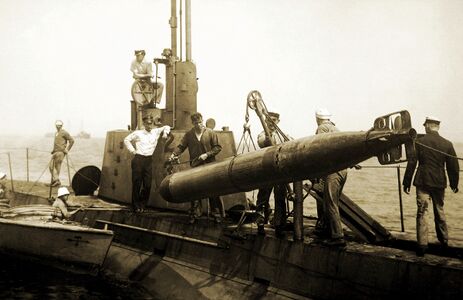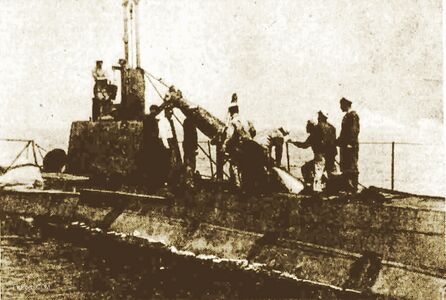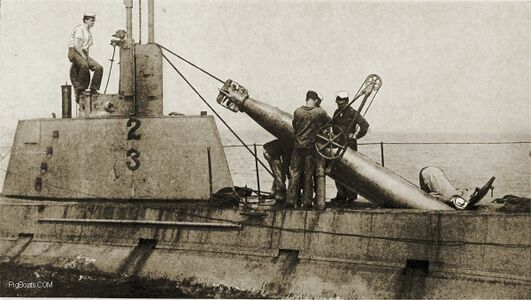D-3
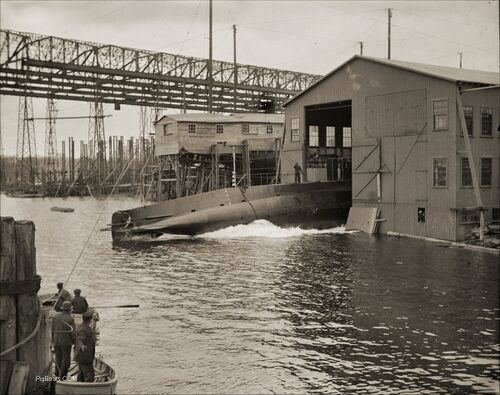
U.S. Navy photo.
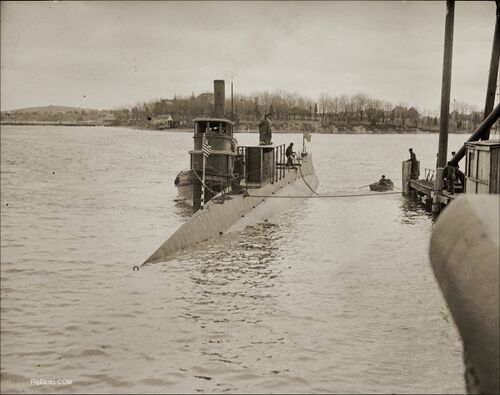
Salmon after her launch on March 12, 1910 from Fore River Shipbuilding being maneuvered to the dock by a tug and the small group of yard workers that were aboard the sub during her launch. A temporary platform has been built over the top of the bridge fairwater. It is still early spring and the trees are still lacking their leaves.
U.S. Navy photo.
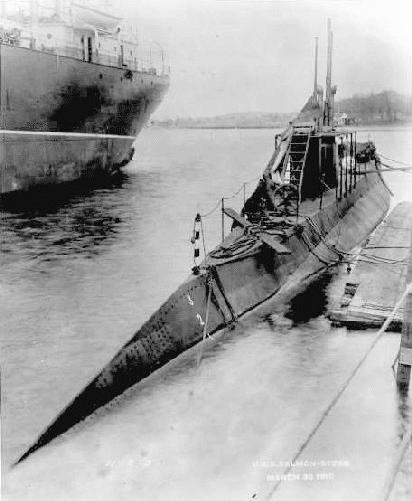
Salmon at the fitting out pier at Fore River Shipbuilding, Quincy, MA. on March 30, 1910. She had five more months until commissioning.
Photo from the private collection of Ric Hedman
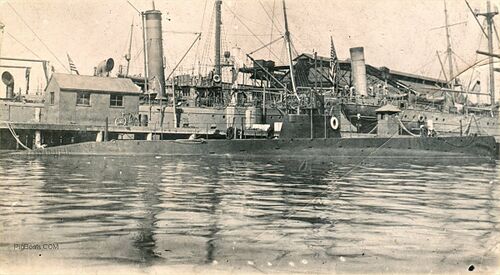
Salmon seen alongside at a Navy base somewhere on the east coast, circa late 1910. The other ships in the background are not identified. Sometime around 1911-1912 the boats were repainted haze gray.
Photo from the private collection of Ric Hedman
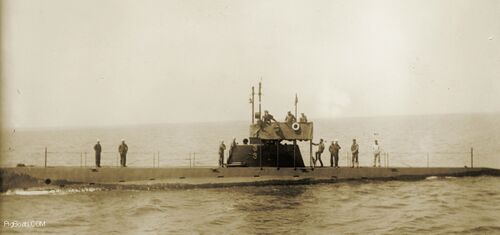
Salmon running on the surface, likely in Long Island Sound, approximately 1910-1911. The 3 over 3 on her fairwater is a squadron position marker and not her hull number.
U.S. Navy photo.
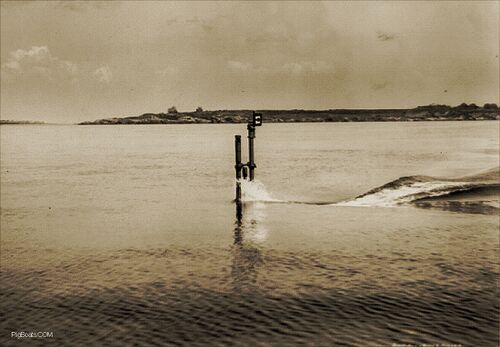
D-3 running submerged in Cape Cod Bay off Provincetown, MA>, approximately 1912. She is most likely at about 42 feet keel depth. From the top of the tallest periscope to the keel on a D-class submarine was in the range of 48 to 50 feet.
U.S. Navy photo.
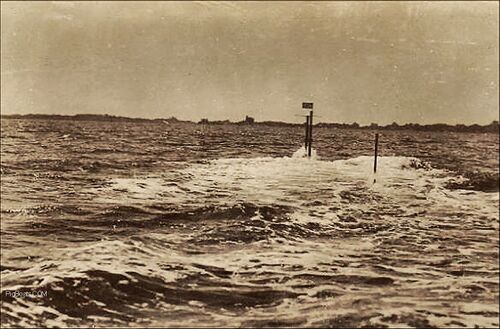
Another view of D-3 running submerged in the waters of Cape Cod Bay. She is turning to the left and is running at near her top submerged speed of 9.5 knots. For an unknown reason she has an unusually long flagstaff in place on her aft deck that is sticking up above water.
Photo from the private collection of Ric Hedman
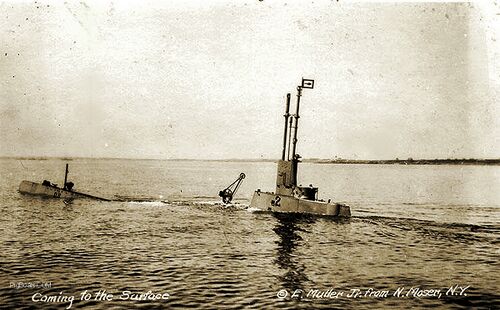
D-3 surfacing after a submerged run in Cape Cod Bay, Massachusetts, 1912. The object just forward of her fairwater is the torpedo loading crane. She may be in the process of running down an exercise torpedo that she recently fired. The weapon was recovered at the end of her run, hauled aboard, refurbished, and put back into service. Note the submarine "fish" flag attached to her #2 periscope.
U.S. Navy photo.
U.S. Navy photos.
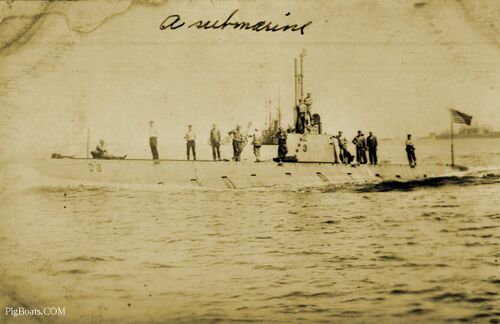
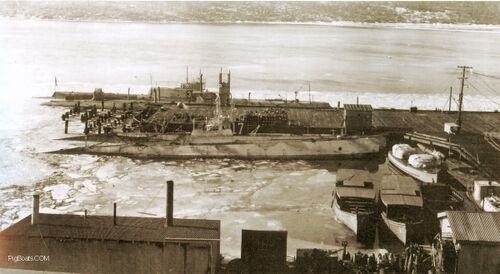
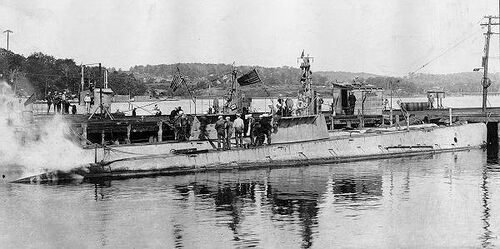
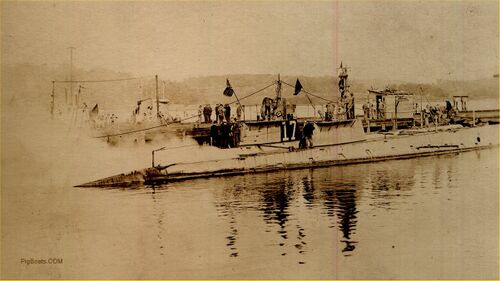
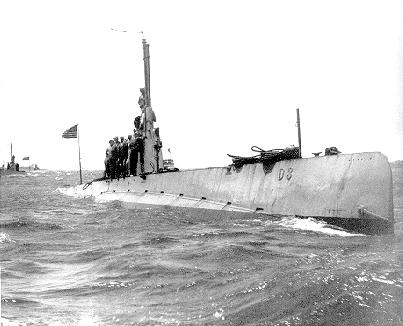
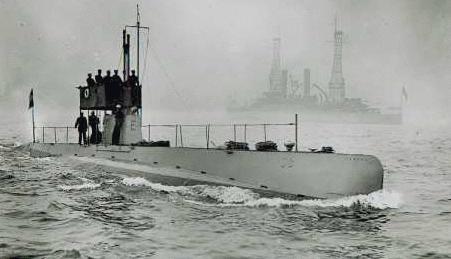
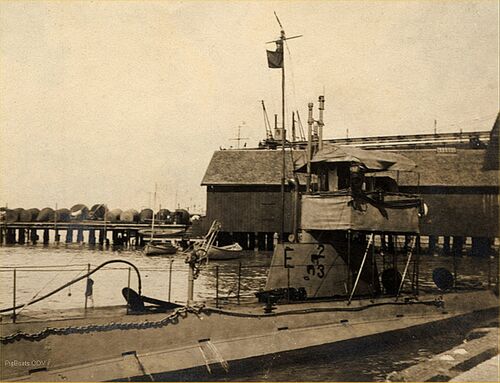
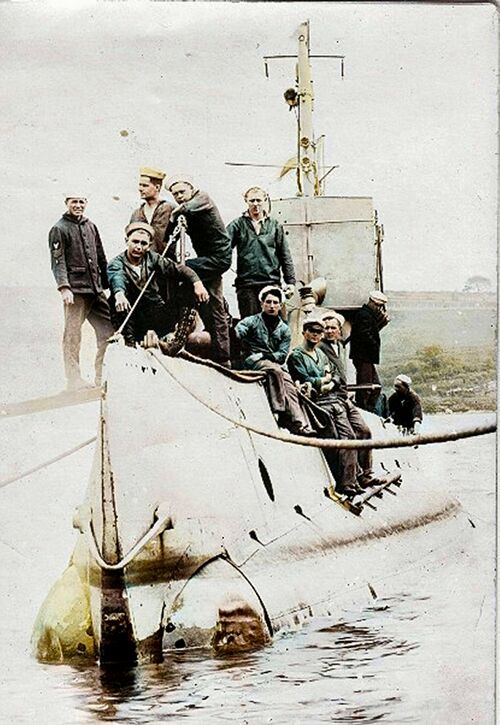
Photo from the private collection of Ric Hedman
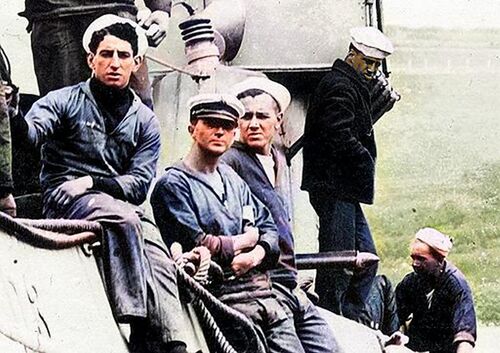
Photo from the Private Collection of Ric Hedman
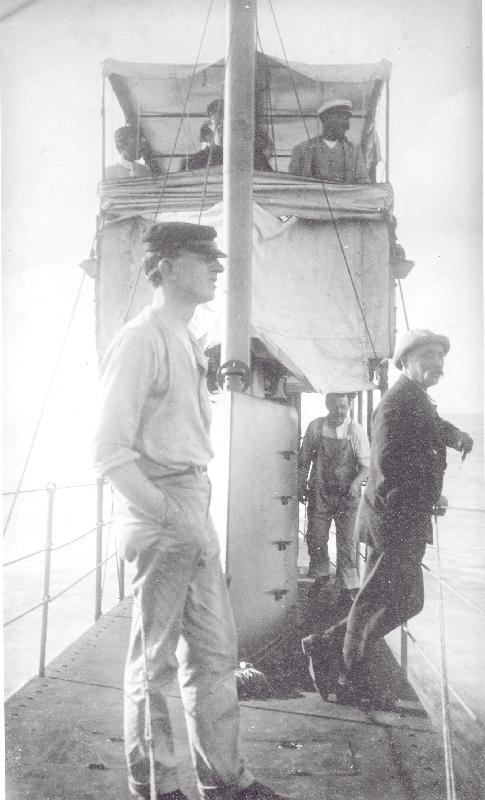
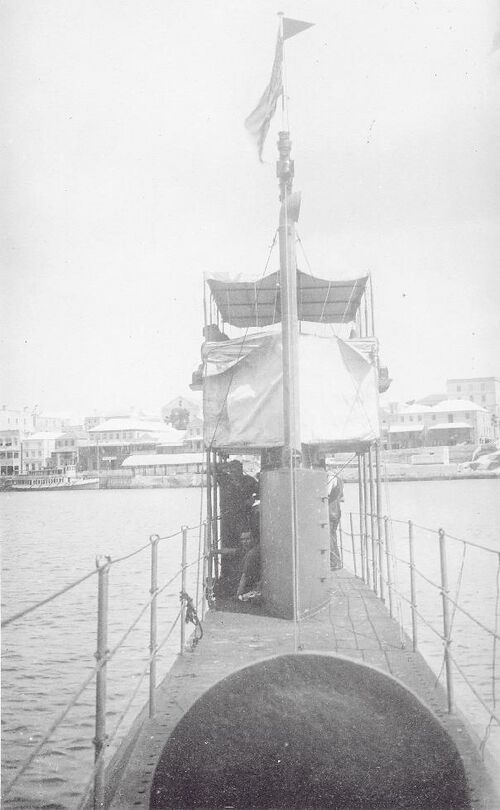

Page created by:
Ric Hedman & David Johnston
1999 - 2023 - PigBoats.COM©
Mountlake Terrace, WA, Norfolk, VA
webmaster at pigboats dot com

